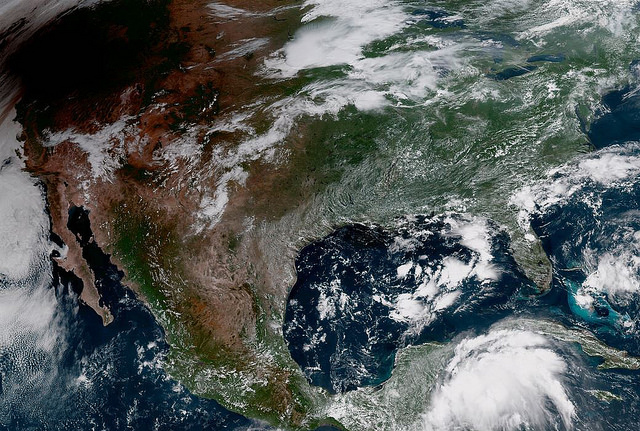
Trump administration negotiators now turn focus to Canada.
So this is some news of note: U.S. and Mexican trade negotiators have reached an agreement on the outlines of a new NAFTA deal, and it will include new rules on automobiles. Specifically, 40 to 45 percent of a car’s content now must be made by workers earning at least $16 an hour, and 75 percent of a cars content will have to be made inside the NAFTA region for it to avoid import duties.
Per USTR fact sheet, U.S.-Mexico deal would require the following for a car to qualify for tariff reductions:
-75% of it must be made in US or Mexico (it’s 62.5% under NAFTA currently)
-40-45% of it must be made by workers earning at least $16/hr— Victoria Guida (@vtg2) August 27, 2018
That first stipulation will in theory cause fewer auto-manufacturing jobs to flow south of the border to Mexico, while the second will make it tougher for non-NAFTA countries to enjoy the benefits of its low tariffs.
But wait. Is this thing even called NAFTA anymore? And what about Canada, the third party in this three-country deal?
Well, it’s unclear. In an news conference today that was unremarkably void of specifics, President Trump (with outgoing Mexican President Enrique Peña Nieto on a speaker phone) said this deal would instead be called the U.S.-Mexico Trade Agreement because the previous acronym had bad connotations; that he’ll “be terminating the existing deal and going into this deal”; and that if Canada won't agree to the rules in this new pact worked out with Mexico, he’ll raise tariffs on Canadian auto imports. His remarks also suggested this was a bilateral deal on its own, separate from the continent-wide NAFTA – and that’s how it’s being reported by some major outlets, too, like the Washington Post.
Except that it’s not. as a couple of Canadian reporters (natch) have pointed out. One noted that even in the context of these U.S.-Mexico talks, the administration’s negotiators have always been working toward a deal that would include Canada , while another observted that Trump’s rhetoric typically has little to do with what’s happening at the bargaining table.
Maybe that's by design. What that means, say some, is that Trump's press conference today (with the Mexican president on the phone) is all about upping pressure on Canada to get on board:
There's a lot to unpack from this, but here's the thing: Congress will say Trump didn't have a mandate to negotiate a separate deal with Mexico — he had one to renegotiate NAFTA. This is Trump pressuring Trudeau to agree to what's on the table, and quickly. https://t.co/xZonJNpSi1
— Megan Cassella (@mmcassella) August 27, 2018
Despite all of this willful confusion, today’s announcement is significant. The Alliance for American Manufacturing (AAM) approves of higher rules of origin (ROO) for autos. And not only are increased ROOs an improvement on the old deal, figuring this out significantly increases the chances that a deal gets done. Here’s how the auto rules breakthrough is being reported in the Toronto Star:
… U.S. news outlets reported a breakthrough on the automotive issue, which (Canadian) Foreign Affairs Minister Chrystia Freeland has describes as the “heart” of the talks. Such a development increases the chances that the three countries will eventually reach an accord to preserve a continental trade pact Trump had repeatedly threatened to terminate.
The auto impasse between the U.S. and Mexico had slowed the talks for months. The U.S. and Mexico had negotiated one-on-one since July, without Canada at the table, in an attempt to resolve their auto-related disagreements.
That said, this isn't the end of the NAFTA renegotiations — or AAM's blessing, as long as there are details yet to be revealed. The deal hasn't won the approval of American unions without commitments to improved labor and environmental standards. There are plenty of timeline hurdles still to come, and others yet – like Canada’s internal politics. Canadian Prime Minister Justin Trudeau, whom Trump has gone out of his way to insult, will be loath to agree to a deal that frames him as bowing to the American president. And back in Washington, Congressional Republicans say they won’t back a deal that excludes our Neighbors to the North.
In short? There is a lot still to be worked out. As President Trump is fond of saying, “we’ll see what happens."
